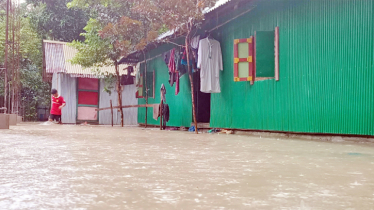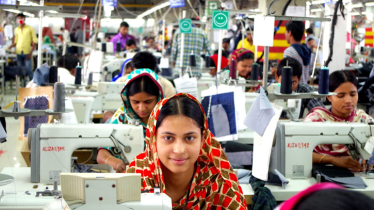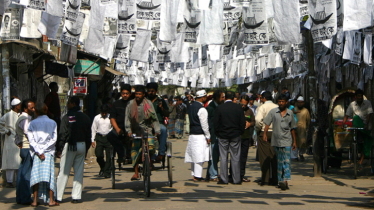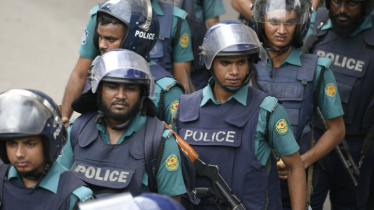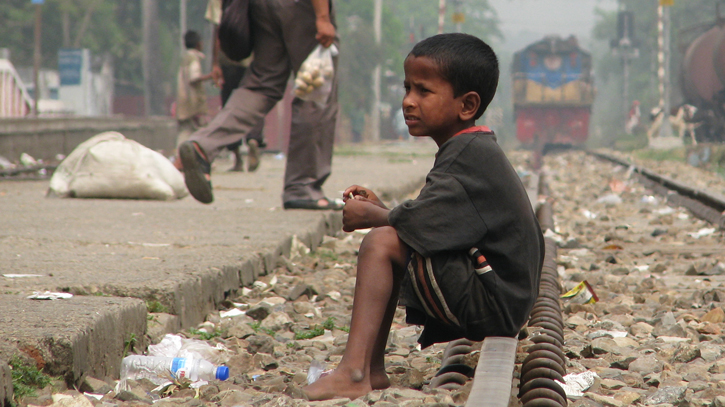
Photo : Collected
Imagine Bangladesh boasting as the friendliest people in the world. And has a rich culture and tradition of hosting guests. However, their guest lists, do not include vulnerable, disadvantaged and poor people.
That is why nearly 3.4 million homeless children live in the streets of the capital, cities and towns in Bangladesh.
A study by the United Nations Children’s Fund UNICEF says that 3.4 million homeless children are living on the streets without parental care. However, the number is a conservative estimate. A proper national census would approximately identify the street kids population.
The study emphasises the urgent need for comprehensive interventions but also the critical importance of addressing the systemic issues perpetuating the cycle of vulnerability and exploitation for street children in Bangladesh.
Several reasons for millions of children are deprived of parental care and lose their homes. Street children are vulnerable to exploitation and violence and can suffer from depression, anxiety, trauma, substance abuse, and suicide.
The study brings to light how poverty, lack of access to education, absence of protection systems and services, and familial instability – including violence – drive children to live on the streets, where they encounter various forms of exploitation and abuse.
However, the researchers shed light on the multifaceted realities faced by street children, including safety concerns, health issues, limited access to education, and their daily struggles for survival. Most children living on the streets endure poverty, hunger, deprivation, disease, abuse, and severe social stigma.
The study attributes socio-economic disparities, family breakdowns, climate change, internal displacement, and urbanisation as reasons for the situations faced by street children.
Several other researchers primarily blame poverty. Other reasons are breakdown of homes and/or families; political unrest; acculturation; sexual, physical or emotional abuse; domestic violence and lastly, being lured away by pimps, internet predators.
Furthermore, the lack of child protection systems at the village level to address these concerns was also highlighted.
The study brings to light how poverty, lack of access to education, absence of protection systems and services, and familial instability – including violence – drive children to live on the streets, where they encounter various forms of exploitation and abuse.
Seventeen recommendations are proposed in the study, including a multifaceted policy response addressing the root causes of children living on the streets and providing a pathway for their reintegration into society.
The study also emphasises the need for collaborative efforts between government, non-governmental organisations, and community groups to create sustainable solutions that prioritise the welfare and rights of street children.
The Social Welfare Minister Dipu Moni aptly said that street children have the right to receive the basic entitlements granted to other children. Keep the children out of the streets!
Messenger/Disha


